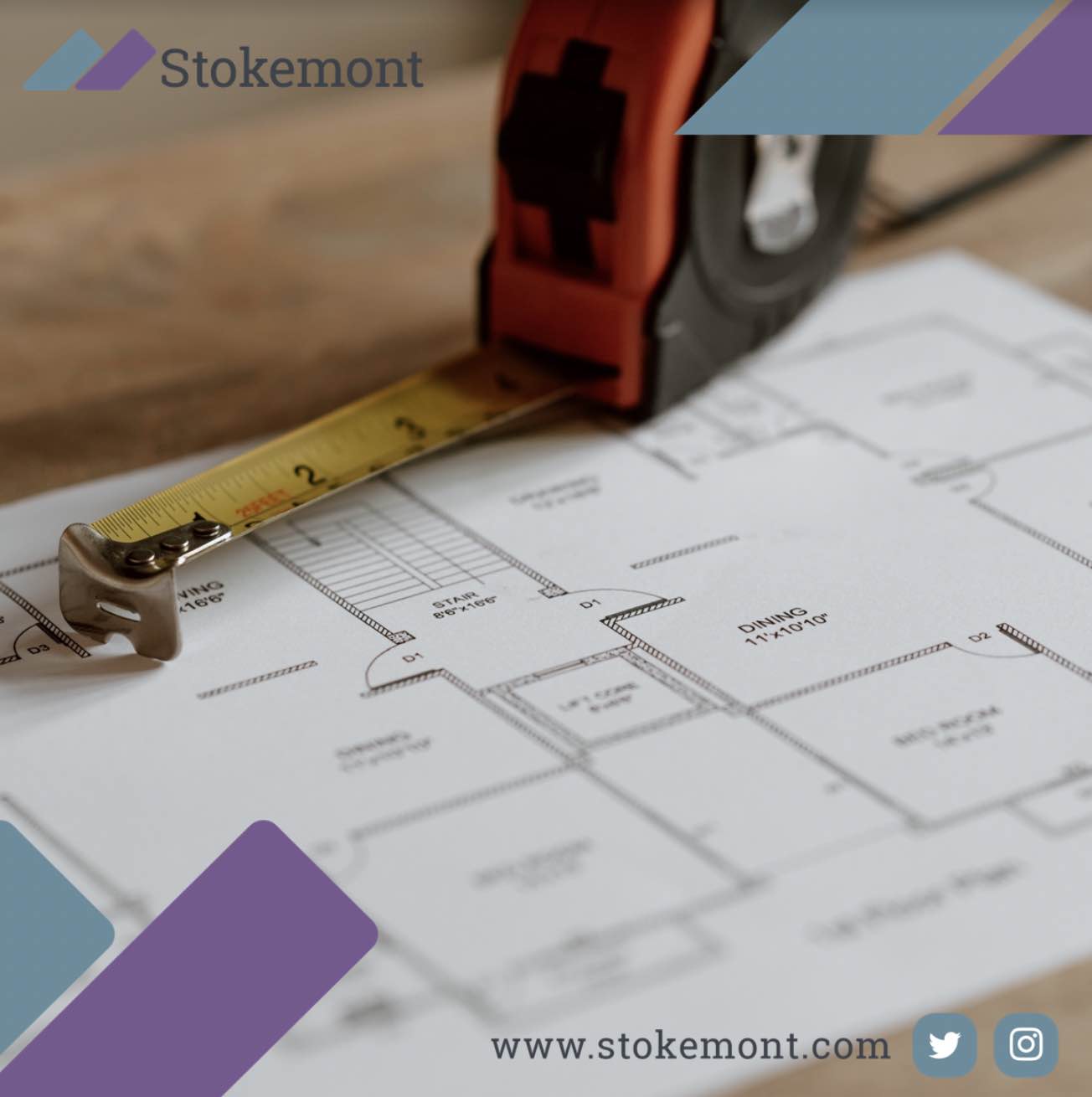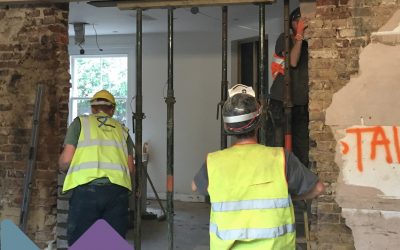In today’s property surveying blogpost topic we are going to be taking a look at licence for alterations procedures. Through today’s post we are going to be looking at exactly what an alterations covenant is, what it means and how we can understand which covenant applies to your property and lease.
Leasehold alterations covenants will be written into almost every lease in the land. They are in place to ensure that there is a procedure and protocol in the event that the leaseholder of the property intends to undertake construction works.
Under the terms of the lease, the lease’s alterations covenant will ensure that the freeholder is given fair warning of the proposed works, so that they can then ensure that necessary procedures, protections and protocols are in place to reduce the short term risk and nuisance to the fellow leaseholders within the building.
However, the freeholder will also want to ensure that the risks to the overall envelope of the building and the freeholder’s property are at the lowest point they can be.
In order to confirm what type of leasehold alterations covenant you have, you are ultimately going to need to carefully review the Lease, so that you can best understand what the wording sets out.
There are three different types of leasehold alterations covenant, which we will now look at in a little more detail as follows.
Fully Qualified Covenant
A fully qualified leasehold alterations covenant is by far the most favourable and positive alterations covenant possible.
It will set out that the leaseholder has the legal right to progress their works, with the freeholder being required to give permission for those works, importantly setting out that that permission cannot be unreasonably withheld or refused.
In layman’s terms, what this means is that the leaseholder is going to be able to progress the works subject to going through the leasehold alterations procedures and the agreement of a licence for alterations.
Furthermore, it sets out that the freeholder isn’t able to refuse the works on unreasonable grounds.
This covenant is, by far and wide, the most positive and should give the leaseholder some peace of mind and assurance that once they have gone through the necessary statutory requirements, much in the same way as they will Planning, Building Regulations or party wall surveying, they will be given a legal right to commence their work without delay.
The best way we can describe this here at Stokemont is to compare this to a traffic light, this alterations covenant would very much be a green light.
Qualified Covenant
A qualified covenant is much like a fully qualified covenant, as discussed above.
However, unlike a fully qualified covenant, the wording of the alterations clause will confirm that the freeholder does not need to give consent.
The specific omission from a qualified covenant will be the wording setting out that permission or consent should not be unreasonably withheld or refused.
In layman’s terms, this effectively means that if the freeholder isn’t agreeable to the works, they have the legal right to refuse consent upon the leaseholder’s application.
Importantly, they have also got the legal right to refuse consent for reasons of their choosing.
This effectively means that they don’t need to provide any form of reasoned position as to why the consent has been refused. Instead, they can simply rely on the wording of the lease’s alterations covenant.
Commonly, if a leaseholder finds themselves in the position whereby there is a qualified covenant within their lease, here at Stokemont we would advise having discussions with the freeholder sooner than later.
Ultimately, there is no guarantee that the leaseholder is going to be able to undertake the works, so before they embark on too significant a cost in respect of the procedures leading up to the works, it makes good sense to ensure that they are actually going to be able to get the freeholder’s consent in the first instance.
It is also worth noting that if there is a qualified alterations covenant, it is not uncommon for freeholders to ask for a premium, fee or consent or permission cost.
This effectively means they will be asking the leaseholder to pay for their consent. Under the terms of the lease they are perfectly entitled to do this.
Yes, that’s right, they can indeed ask for a premium for nothing more than giving their consent.
If we were to liken this and compare it to a traffic light, this would be an amber or orange light.
Absolute Covenant
An absolute covenant is unlike either of the aforementioned covenants we have discussed.
An absolute covenant will definitively set out that alterations works cannot take place to the leaseholder’s flat, property or demise.
It is also worth noting that an absolute covenant is incredibly restrictive, even more so recently as case law has very much changed the way that both solicitors and freeholders look at an absolute alterations covenants as a whole.
Prior to this change in legal direction, you often find that freeholders were open to the idea of departing from the Lease’s content, in the aim of enabling a leaseholder to undertake their proposed works.
However, post judgment, a freeholder can now actually be held accountable by other leaseholders within the building, both current and future.
For this reason, here at Stokemont it is incredibly rare that absolute covenant leases are ever subject to licence for alterations works and procedures.
Unfortunately, if you are unlucky to have an absolute covenant worded into your Lease, we would advise taking legal advice from a specialist experienced solicitor, ideally one who has dealt with an absolute covenant before.
They will be able to fully advise you as to procedures you can take in order to attempt to gain the freeholder’s departure from the wording of the Lease.
Again, comparing this to a traffic light, this would be a red light.
Alterations covenants are there to ensure that the leaseholder undertaking the works gives fair and reasonable consideration to their freeholder, however, also to the common parts of the building (if any) and their fellow leaseholders.
It is important to note that whether the property is a leasehold or share of freehold, the licence for alterations procedures are always going to apply.
If you would like to discuss how we can be of assistance with your licence for alterations procedures feel free to give us a call today and one of our experienced and qualified RICS building surveyors will be more than happy to assist you.
Furthermore, if you are a little bit unsure about the wording of your Lease’s alterations clause, feel free to send over your Lease and we can review that an confirm in writing definitively which type of alterations covenant exists.
If you wanted a full and firm understanding of the types of alterations procedures that are going to come into play, you can also pop over the drawings. We could then review those, confirming exactly the type of typical protections that are likely to come to play thereby giving you opportunity to get the information for these various points prepared, thereby avoiding delay further down the line.
If you would like to take us up on this offer, all you would need to do is pop over the Lease and the drawings to our email, and we will happily review those and get back to you.




